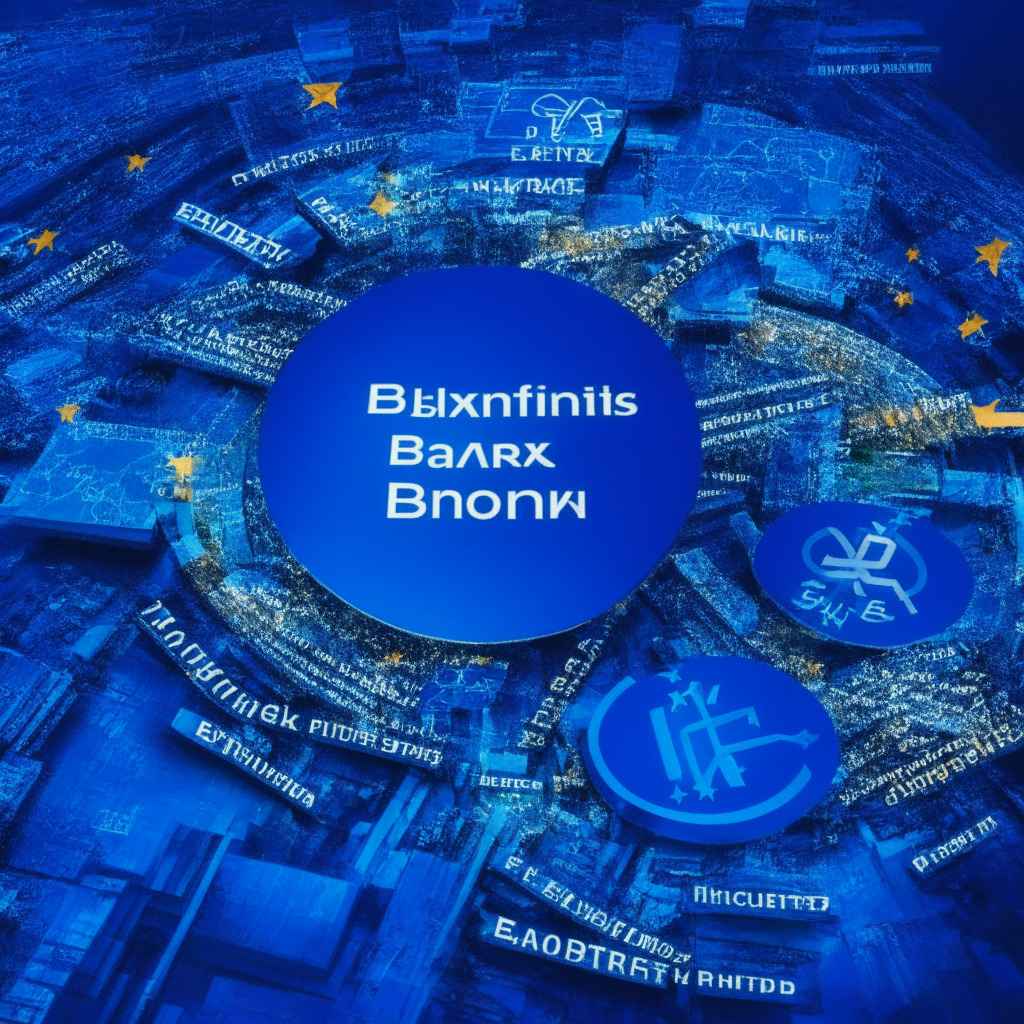The Stellar Development Foundation, in partnership with consulting giants PricewaterhouseCoopers (PwC), recently publicized its financial inclusion framework, a method structured to assess the effectiveness of emerging market blockchain projects. The crux of this approach is grounded in ascertaining whether blockchain solutions have successfully managed to democratize and streamline access to financial products in developing economies like Colombia, Argentina, Kenya, and the Philippines.
Interestingly, the duo concluded from their appraisal that blockchain-based payments drastically amplified accessibility by reducing transaction charges to about 1% or less. They also inferred that technology has boosted transactions’ speed and equipped users with tools to sidestep inflationary pressures. They predicated this on a comprehensive examination of a dozen blockchain applications operational within the named economies.
The Stellar and PwC teams suggest that for projects to drive financial inclusion, they cannot overlook the necessity of governance and responsible design principles. This assertion leads to the introduction of their financial inclusion framework – a tool comprising four parameters, access, quality, trust, and usage – crucial for determining a project’s probability of promoting financial inclusion effectively.
Evaluated within these parameters are several sub-parameters, like the concept of “access”, which further breaks down into affordability, connectivity, and ease of initiation parameters, each with measurable ways proposed by Stellar and PwC. They also proposed a four-phase assessment process for projects with the vision to solve a financial inclusion challenge.
They were quite optimistic about blockchain solutions’ potential to enhance financial inclusion through payments. According to their findings, these options, by charging far less than conventional financial applications, have made electronic payments more affordable to people previously locked out due to financial constraints.
However, bridging the financial inclusion gap is not an enviable challenge without its share of criticism. Some industry pundits have decried the utilization of cryptocurrency in emerging markets. For instance, the Bank of International Settlements, in a recent publication, argued that cryptocurrency has escalated financial risks in emergent market economies.
Despite the criticisms, the trailblazers remain undeterred. For instance, Stellar network bolstered its commitment to facilitating financial inclusion in financially underserved markets, recently announcing a collaboration with Moneygram to create a non-custodial crypto wallet accessible in over 180 countries.
While Stellar and PwC’s framework strives to measure blockchain project efficiency, the wider debate remains regarding the extent to which these emerging blockchain solutions can bridge the global financial inclusion divide. This gap amplifies the growing skepticism about cryptocurrencies and their viability in emerging markets. A balance between innovation and regulation is paramount for these proposed solutions to achieve their goals and avoid unintended consequences. As expected, the road to financial inclusion through blockchain technology is fraught with challenges and, only through robust governance and responsible designs would these challenges be mitigated.
Source: Cointelegraph




